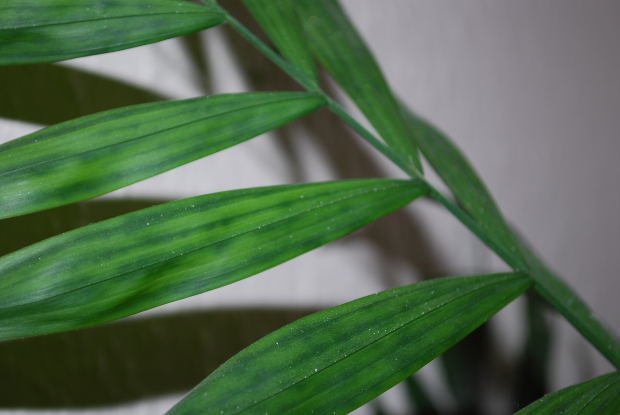 Loading... Please wait...
Loading... Please wait...Save Money. Grow Your Own!
Fast Plain Box Shipping.
We ship to the US & Canada.
Grow Your Own!
Maintaining the right temperature for your plants
Posted on 24th Nov 2015
When it comes to maintaining the right temperature for hydroponic plants, it's something you really have to figure out on a case-by-case basis. Every project has its own needs -- for instance, what kinds of plants are you growing? Are they tropical plants or temperate climate plants? And what's the climate like in your building or in your area?

In general, you'll need to work to keep temperatures fairly close to room temperature. Most plants don't flourish in jungle or tropical conditions. And most of them will suffer from cold temperatures approaching the frost mark. In hydroponics, plants are often in a closed and controlled system inside a building where the temperature is already controlled, so that puts you a step ahead of the game.
Temperature and Humidity
In the vegetative phase, you'll probably have a set temperature around room temperature that you'll keep plants at or near. You’ll also micromanage the humidity, making sure that plants have some water in the air, but not too much that will allow mold or mildew to grow and spread.
Another important element is pH value, where plants need a value of around 5 to 7. Too much of an acid or too much of a base can end up hurting plant development.
Water Chillers for Plant Roots
While many growers recommend keeping the plant environment at around room temperature, some suggest that the plant roots and the reservoir water should be at a cooler temperature, may be in the range of 50 to 70 degrees.
Part of the reason for this involves the oxygenation of water. At cooler temperatures, water retains more oxygen, and so more of that reaches plant roots. Controlling cool water temperatures can also be a way to control bacterial growth in some cases. So having water chillers to lower the temperature of reservoir water can be a good idea -- but again, it all comes down to exactly what plants need.
Trial and Error
What most smart growers do is to participate in a series of plant cycles and take notes, and then they make the conditions that were associated with the best outcomes. You'll need to do a few cycles in different conditions to provide a kind of baseline for your experiments. As you go, you'll fine-tune your grow cycle into something that produces great and abundant harvests.
For more, check out Dealzer, a great place to get everything you need to start your very own hydro garden.
